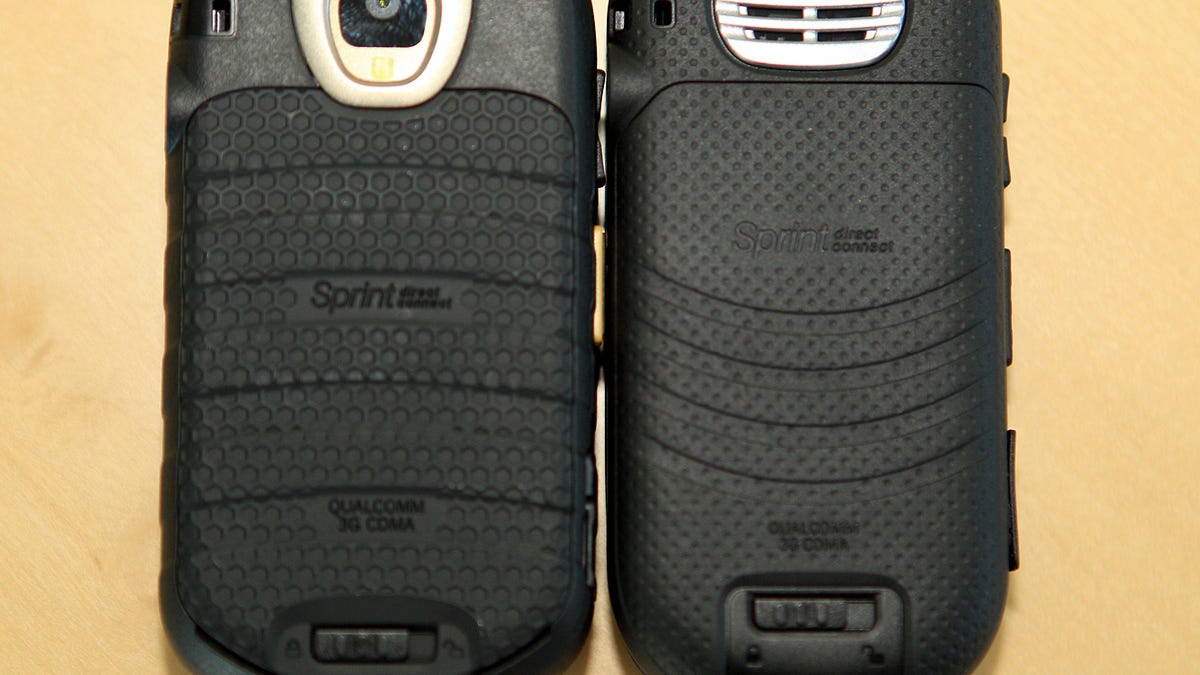Kyocera DuraCore review: Stripped-down push-to-talk
It's a rugged, straightforward phone with push-to-talk capabilities and resistance to dust, vibration, and shock.

The way I see it, the demographic of buyers for the
Rugged, it absolutely is, but it's also rather plain. It has a thick, sturdy build, a good, grippy surface, and is the third phone to ride on Sprint's new Direct Connect network. However, if you're looking for a durable device with a camera, a microSD card slot, and even more ruggedness, the
Watch the video, see the photos, and read the pros and cons in my full
Mobile Guides
Phones
Foldable Phones
Headphones
Mobile Accessories
Smartwatches
Wireless Plans
Mobile coupons

